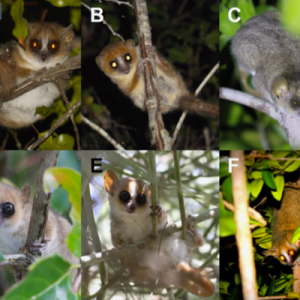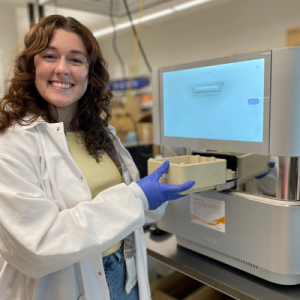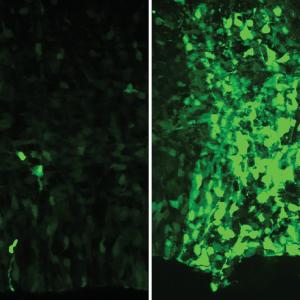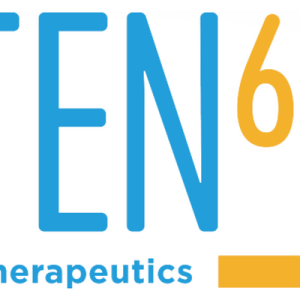Alumnus Ariel Kantor Cited by Forbes Europe in 30 Under 30 List
Synthetic Compartments Stop Pathogens from Sharing Antibiotic Resistance Genes
Mouse lemur genomes shed light on climate as a driver of speciation
New Year, New NextSeq
The Sequencing and Genomic Technologies core facility has acquired a new sequencing platform. The llumina NextSeq 1000 produces 100-400 M reads at a variety of read lengths, including 300 bp paired-end reads at a fraction of the price of the NextSeq 500 and MiSeq.
Understanding the developmental gene regulatory networks of sea urchins: A Q&A with Phillip Davidson
A new publication from the lab of Greg Wray, PhD, professor of biology, explores the developmental gene regulatory networks of sea urchins. They analyzed genomes, epigenomes, and transcriptomes during early development in two Heliocidaris sea urchin species that show very different life histories.
A mother’s cancer helps inspire the launch of a new tool to fight cancer at Durham biotech Ten63
GCB Faculty Among Most Most Cited Scientists
It’s not enough to just publish a great scientific paper.
Somebody else has to think it’s great too and include the work in the references at the end of their paper, the citations. The more citations a paper gets, presumably the more important and influential it is. That’s how science works — you know, the whole standing-on-the-shoulders-of-giants thing.









